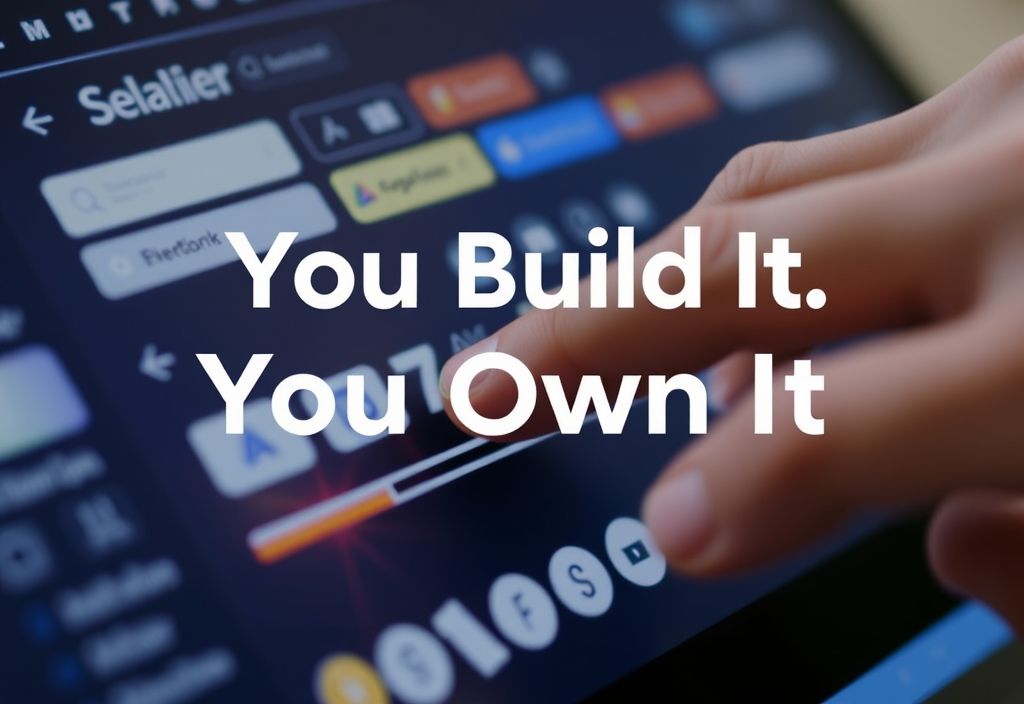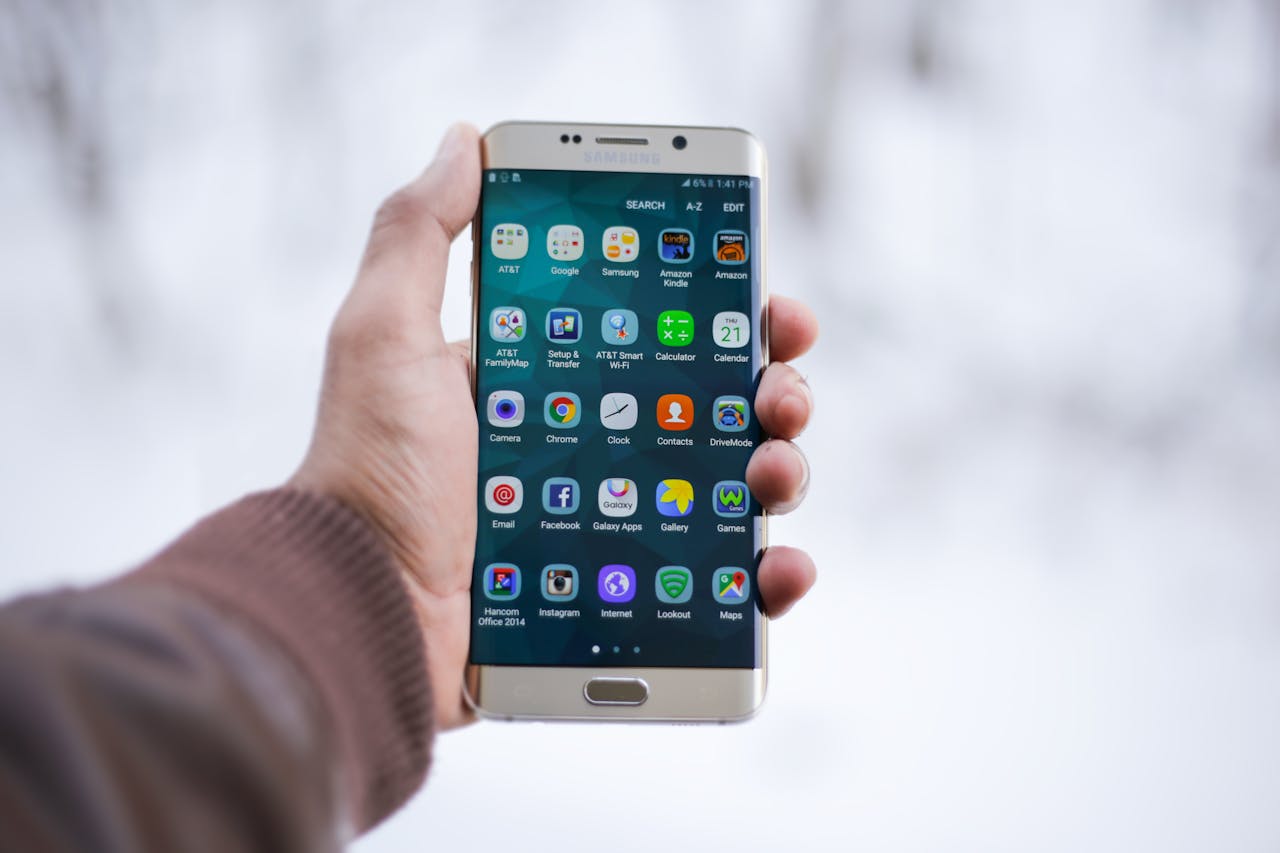You don’t need to be a developer to build an app anymore. In fact, more founders, freelancers, and even full-on businesses are choosing to learn mobile app development without writing a single line of code. Thanks to powerful no-code tools, what used to require months of engineering now takes days—sometimes hours.
If you’re stuck between outsourcing and “figuring it out,” this is your sign: you can build it yourself.
Why Learn Mobile App Development Without Coding?
1. Speed to Market
No-code platforms let you build and launch a working MVP fast. If you’re a startup founder, this means validating your idea in weeks, not quarters.
2. Cost Efficiency
Instead of paying a dev team thousands, you can build a fully functional product using drag-and-drop tools. This opens doors for bootstrapped founders and small teams.
3. Full Creative Control
No more translation gaps between “what you mean” and “what your dev thinks you mean.” You build it. You see it. You tweak it. That’s the power of no-code.

What Tools Can You Use?
No-code tools like Glide, Adalo, and Bubble have made mobile app development accessible to anyone with a Wi-Fi signal and a weekend.
But tools alone aren’t enough. To learn mobile app development the right way, you’ll want structure—a framework for thinking like a builder, even if you’re not writing code.
That’s where programs like the Bizinc Developer Program shine. They don’t just teach you tools. They teach you how to think like a product owner.
The Bizinc App Builder Path
Whether you’re trying to build an internal dashboard, client-facing tool, or your first SaaS product, Bizinc’s no-code track walks you through every stage:
- Ideation
- Feature scoping
- Tool selection
- Building workflows
- Launching with confidence
Plus, if you ever decide to graduate into custom builds, you can repurpose what you created and hand it off to a dev.
Many students start out thinking they need to hire someone to build my website, but discover they can launch their MVP solo, learn the lingo, and make smarter decisions down the line.
Why Now?
Because the timing’s right. Mobile-first products are gaining traction faster than ever, and users expect sleek digital experiences by default. If you want to compete, no-code is your fast track.
Need inspiration? Here’s a look at 5 key business trends every entrepreneur should watch in 2025 to help shape what you build.
And if you want people to trust what you launch? Think about the user experience. This guide to the power of visual storytelling for brand transformation is a goldmine for making sure your app feels human, not just functional.
TL;DR
- You can learn mobile app development without code.
- You don’t need to be technical, but you do need structure.
- Bizinc’s no-code program can help you go from idea to MVP.
- You’ll come out with something real—and maybe a whole new skillset.
Ready to skip the dev queue? Explore the Bizinc Developer Program to learn mobile app development the no-code way.




